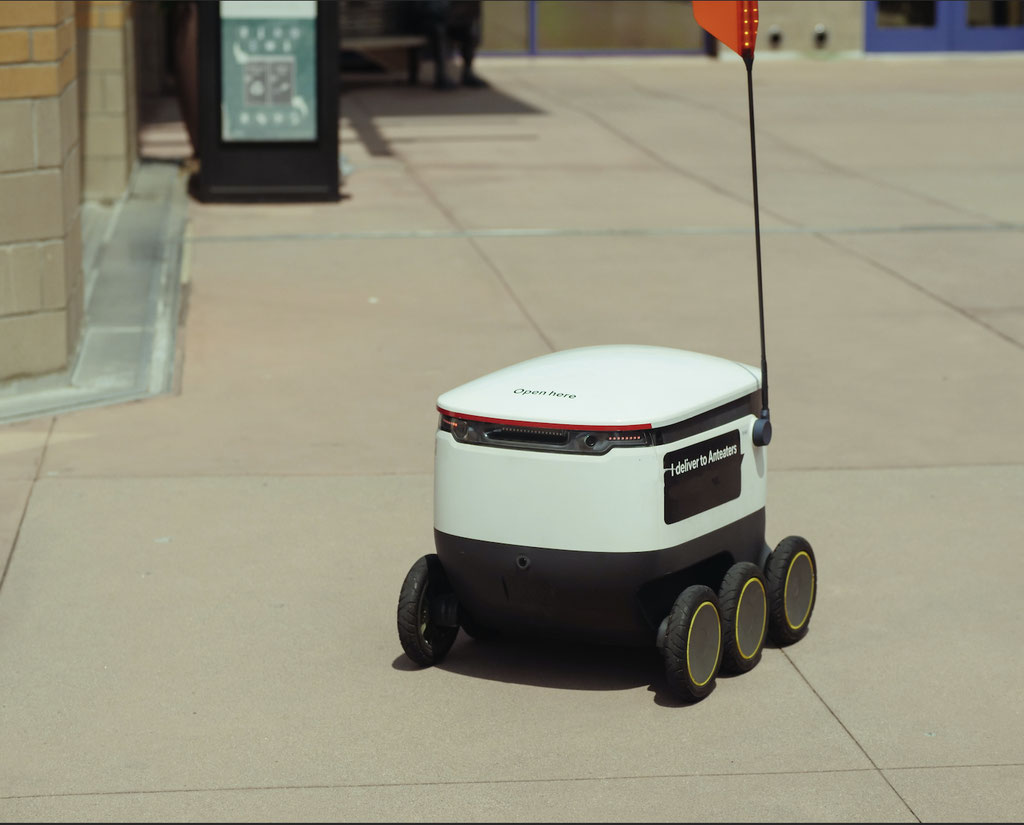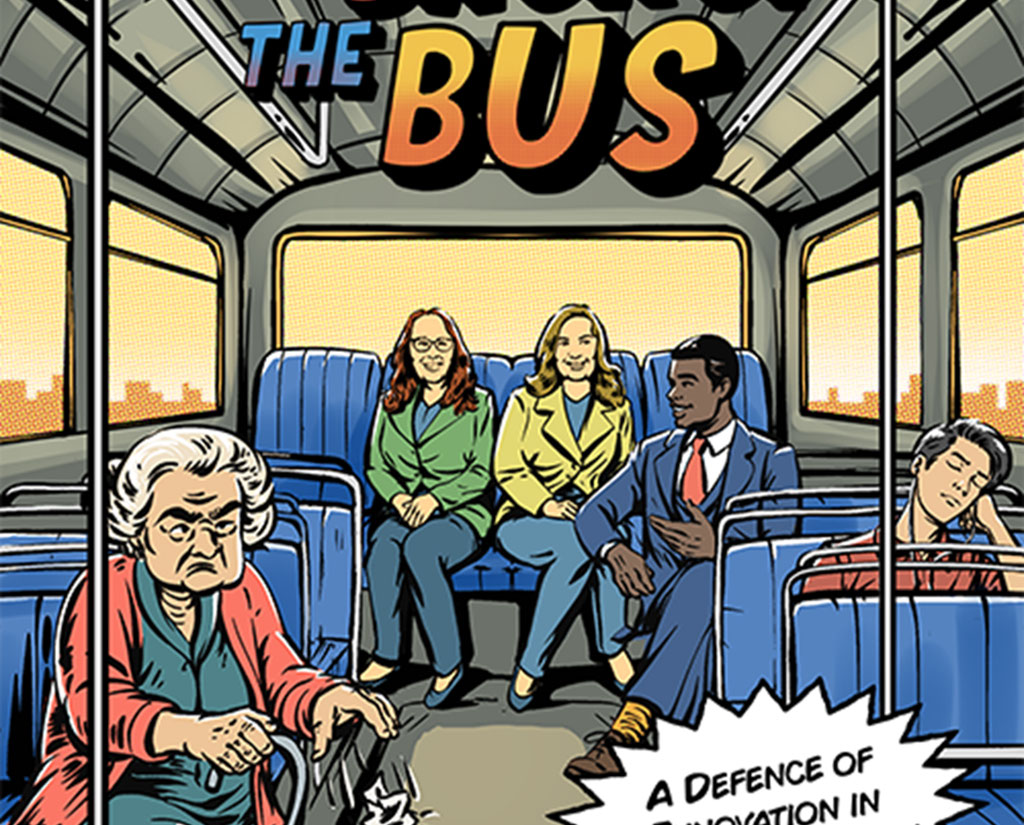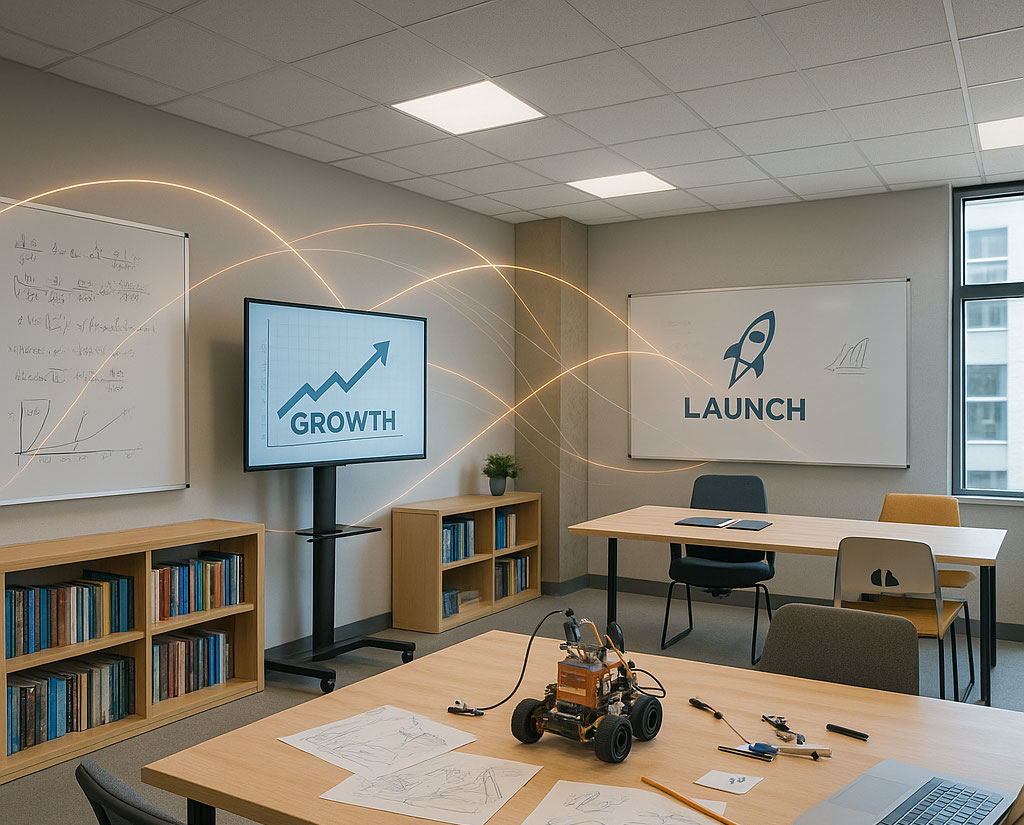
The Victoria Transport Policy Institute, an independent research organization, predicts that by 2040, up to half of all road travel may be done using autonomous vehicles. McKinsey surveys of automakers and startups believe that driverless door-to-door driving and autonomous parking will be in our future as soon as 2030.
This evolution of how people move and travel will necessitate a significant evolution in how cities are designed and controlled as well. Implementing some design innovations today can make cities safer for everyone. Check out these five ways that design and safety will be impacted:
Reducing Human Error
According to the National Highway Safety Administration (NHSTA), 94% of serious crashes involve human error or the inability of drivers to prevent the last event in a crash chain. Autonomous vehicles can significantly reduce human error and mitigate some of the effects of fatigue, distraction, and impairment. This can also make a significant impact on safe operation and contributing factors, such as weather events.
In light of this, pedestrians will be able to move more freely as well, with less concern for fear or danger from vehicular traffic.
Reducing Traffic Congestion
Furthermore, due to the way that we can coordinate both the macro and micro-movements of autonomous vehicles, traffic congestion can be reduced through increasing the efficiency of travel patterns and behaviors. This provides several significant benefits, including reducing:
- Stop-and-go traffic
- Idle time
- Fuel consumption
- Noise levels
- Pollution
Each of these impacts the environment and, in turn, public health. Furthermore, by reducing frequent traffic congestion, the mental health of passengers can also be less taxed.
Creating Safer Traffic Flows
Traffic flow behavior also has a direct impact on accident rates. For example, the bunching of vehicles due to inconsistent speeds and abrupt speed changes can “shock” an entire traffic stream, furthering congestion and increasing the likelihood of accidents. Improper merging techniques by human drivers can do the same.
With autonomous vehicles, city planners will have to worry less about designing for human tendencies that contribute to unsafe conditions. Traffic lights, signage, and lane structures may all be revised to accommodate more efficient traffic flow.
Many of the imaging systems used by autonomous vehicles can detect extremely small objects and often with greater precision than humans. The navigation systems that leverage this data allow for more efficient traffic spacing without jeopardizing safety. In other words, vehicles can all move, accelerate, and decelerate at safe, but more consistent rates. One challenge that remains, however, is to improve the efficacy of these imaging systems in poor weather conditions. See below for how the Technology Innovation Institute is addressing this challenge.
Improved Road Infrastructure
Another advantage of creating transport systems around autonomous vehicles is that city planners can coordinate the data from connected vehicles to traffic signaling and other digital systems. Rather than merely having timed lights and in-ground sensors, for example, signals can communicate directly with nearby vehicles to more effectively respond to current traffic needs.
Smart street signs, road markings, and lane designations can also contribute to a safer flow of traffic, allowing for road infrastructure that adapts to changing conditions.
More Efficient Use of Space
In most cities, real estate is at a premium, and oftentimes a large amount of that space is devoted to transport infrastructure. Yet, parked vehicles take up a considerable amount of space and sit empty for the majority of the day. Autonomous vehicles can use road space more efficiently and can potentially be used by multiple parties at different times of the day, which may allow planners to use existing space more efficiently, disrupt the traditional ‘rush hour’ mindset, and free up space to improve the lived experience for pedestrians and cyclists.
City planners will also have the chance to reimagine the use of parking and curb space. For example, busy areas will likely need more space for door-to-door services, handling multiple pickups and drop-offs with autonomous vehicles in high-volume areas. Whereas low-volume areas may not need a significant amount of curbside parking. With autonomous vehicles increasingly improving their ability to detect and avoid pedestrian collisions, even increased traffic at drop-off points will become safer.
Autonomous vehicles should enable cities to replace infrastructure that, in many cases, was designed nearly a century ago for a different style of transportation. Looking ahead, city developers may be able to reduce road sizes, expand sidewalks, and allow for greater pedestrian traffic without impacting safety or transport efficiency.
Join the Technology Innovation Institute’s Infrared Tracking Challenge for Autonomous Vehicles
Before the widespread adoption of autonomous vehicles becomes common, there are still several significant industry challenges that must be overcome. As mentioned, one of them is tracking objects in low-light situations.
If you are interested in participating in the Technology Innovation Institute’s Infrared Tracking Challenge powered by HeroX, sign up today to get started. There is a $75,000 prize purse for innovators, start-ups, research institutes, and students that can solve this challenge.








